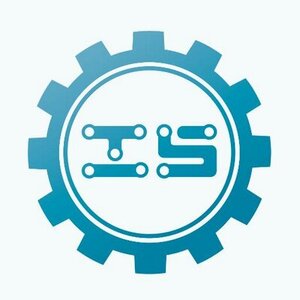Digital Amplifier Wireless Bluetooth Audio Amp Board Headphone Dual Channel 50W+50W Power Amplifier Module with Protective Shell
$6.99, 35% off with extra $3 for tracking number service.
Find it from http://www.icstation.com/digital-amplifier-wireless-bluetoot…
0-5V/0-10V to 0-100% Voltage to PWM Converter Board Duty Cycle Adjustable Conversion Module
$3.79, 35% off with extra $3 for tracking number service.
Find it from http://www.icstation.com/voltage-converter-board-duty-cycle-…
New LY7 12V Lead Acid Battery Capacity Indicator Voltage Indicator LCD Display Battery Power Tester with Touch Button
$7.99, 25% off with extra $3 for tracking number service.
Double indicator from http://www.icstation.com/lead-acid-battery-capacity-indicato…


Store name in title pls.